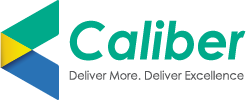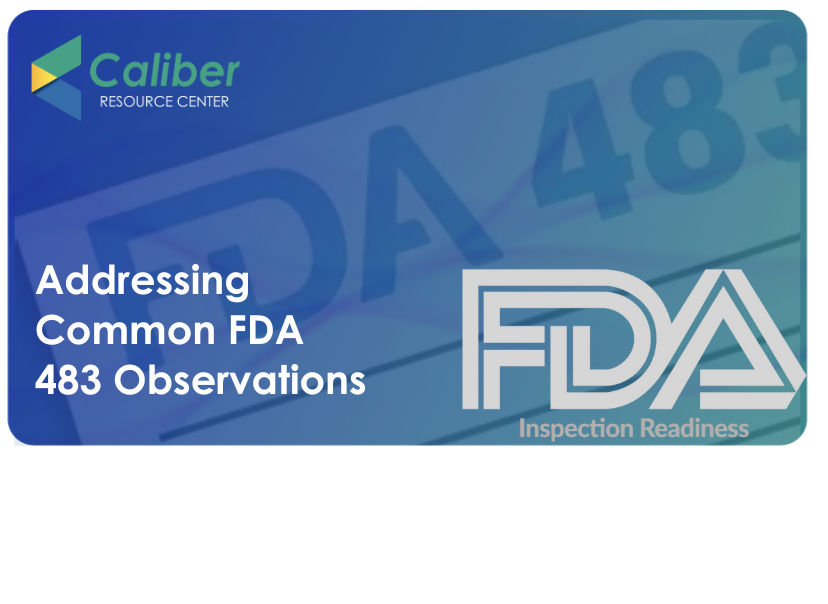Table of Contents
ToggleLaboratory Information Management System (LIMS) is evidently a necessity for laboratories to manage their daily operations with greater efficiency. Pharma companies strive to ensure compliance, increase productivity, and align with standard processes. Digitalization of processes with a robust LIMS system adds value to labs in various ways.
1. Increase Operational Efficiency
LIMS software improves lab productivity through automation of workflows. Digitalization simplifies and accelerates lab processes. These automated processes reduce analysts’ effort of manual lab data entry in notebooks. Once fed into the system, the LIMS can automatically fetch data when needed. It also reduces transcriptional and other human errors to ensure efficiency. In some Pharma companies with Robotic Process Automation (RPA), many repetitive works with machines like HPLCs, GLCs that need human presence are remotely managed.
Instrument integration is another important feature of LIMS software that reduces the manual effort of reading and recording instrument measurements. With integrations, this step expedites the processes further and reduces the chances of human errors. Automation of labs with LIMS increases operational efficiency, reduces effort, enables tracking of details, and saves time that can be used for resolving more important business problems.
2. Ensure Regulatory Compliance and Data Integrity
With e-Audits becoming the norm of the day, manual maintenance of lab data and meeting regulatory requirements meticulously become tedious work. A robust Laboratory Information Management System (LIMS) ensures regulatory compliance by meeting all the relevant guidelines of the FDA, MHRA, and other renowned regulatory bodies. LIMS software that is 21 CFR Part 11 compliant will ensure accuracy and traceability in lab processes with audit trails. The integration of LIMS with other systems will remove transcriptional and other errors which are inevitable with human intervention. It automatically ensures data integrity. A robust LIMS can alleviate regulatory concerns and make Pharma companies audit-ready for any planned or surprise internal, external, vendor, and regulatory audits.
3. Efficient Sample and Inventory Management
Sample management is the biggest concern of a lab where every step of the sample life-cycle is manually recorded. It involves a lot of time on part of scientists, QA, and other members to check and record the sample at every stage of analysis. With digitalization of the sample analysis workflow, they will be spared from the ordeals of day-to-day repetitive data recording works. The LIMS system automatically fetches the results of each analysis performed and ensures the recording of every minute detail for audit purposes. The user need not remember any details for future reference. Complete details of the analysis performed will be available in the records and audit trail.
Managing inventory is simple with an efficient Laboratory Management System (LMS). The details of inventory expiry, exhausted stock list, etc. are available at the fingertips. Alerts to avoid delay or stagnancy in the process ensure timely action.
4. Achieve RFT – Do It Right the First Time
Errors and discrepancies can crop up in the manual system when appropriate checks are not performed during execution. Do it right the first time concept ensures that every step is performed after a series of checks to ensure success the first time. The configurable and predetermined workflow in the LIMS software does not allow the user to deviate from the track. There is complete control over the process flow. Further, an efficient LIMS system makes sure that RFT is attained every time a user performs a function as per the workflow.
5. Accelerate Review Process with Review by Exception
In the manual process, the documents go through many levels of review. Sometimes, the reviewer reviews a whole set of documents a couple of times to check for a specific issue. It involves a lot of time and effort from the reviewer. With automation of the review process and usage of the review by exception (RBE) concept in LIMS, the process is accelerated, and review time is decreased. The reviewer checks only parts of the document which is sent for review. Further, the LIMS software analyses and finds the average review time to make future predictions based on past reviews. It, in turn, helps the reviewer to accommodate a greater number of reviews, thus accelerating the review process.
6. Improve TAT with pendency reports
Pendency has a direct impact on Turn Around Time (TAT) and indirectly on overall productivity. Maintaining manual pendency reports and providing required alerts in a paper-based process is not easy. It requires a lot of time and constant persuasion to find out the status of a particular assigned task. In LIMS, a user gets complete details of pending tasks on the system dashboard itself. The reviewer, approver, and all other members of senior management can use the pendency reports to check and improve TAT and increase efficiency as well as productivity.
7. Reduce Downtime Issues with Periodical Alerts
A user should ensure that all instruments and equipment are calibrated as per schedule. An eye on preventive maintenance also needs to be kept which needs to run on a set schedule. If an analyst uses non-calibrated instrument for testing, it will lead to 483s from audits. Using a robust LIMS will help avoid such mishaps. It reduces instrument or equipment downtime issues by providing periodical alerts for calibration and preventive maintenance. It does not allow the user to use a non-calibrated instrument for analysis.
8. Support Predictive Analysis
Senior management makes effective business decisions related to processes based on the trends and reports of the lab processes. In the manual system, it takes a huge amount of time and effort to prepare such reports. Further, the complications involved in the preparation of the reports do not provide a conducive atmosphere for the QA to work on them. On the other hand, LIMS provides complete reports with analysis time, sample details, test results, and other relevant details on dashboards very quickly. It also facilitates predictive analysis for future months regarding the usage of sample, time taken, and all other important aspects based on the trends and reports of past months. It helps in ironing out all the issues beforehand and to ensure better productivity.
To know more about how CaliberLIMS can add value to your lab, schedule a demo or contact us for further details.






